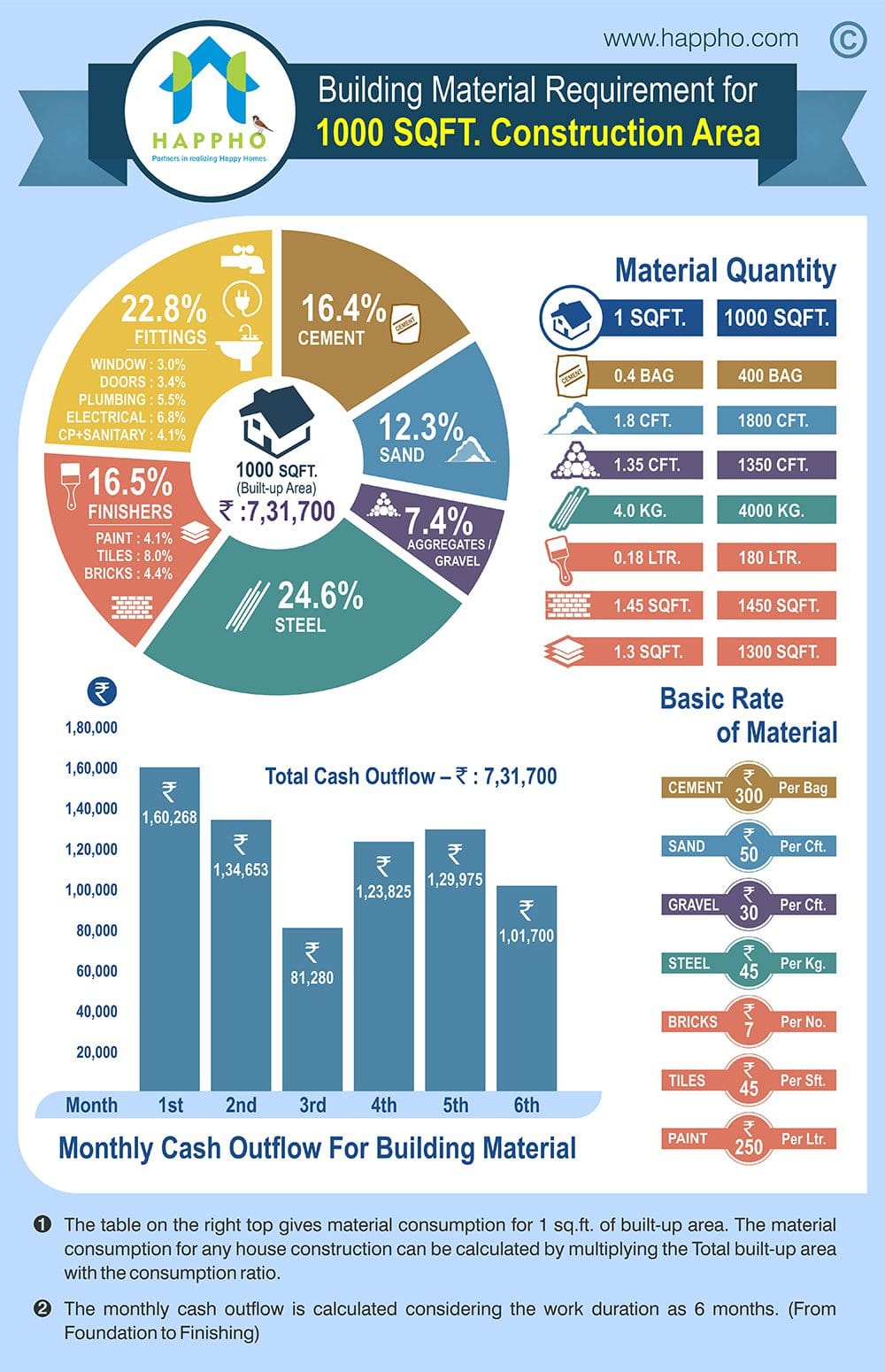Discover The Unbelievable Impacts Of Paint Methods On Small Spaces, Opening Approaches That Produce The Illusion Of Extensive Locations
Discover The Unbelievable Impacts Of Paint Methods On Small Spaces, Opening Approaches That Produce The Illusion Of Extensive Locations
Blog Article
Created By portland paint contractor
In the world of interior decoration, the art of making the most of little spaces through strategic paint techniques uses an extensive chance to change cramped areas right into visually extensive refuges. The cautious choice of light shade palettes and creative use optical illusions can work marvels in producing the impression of room where there appears to be none. By utilizing these methods judiciously, one can craft an atmosphere that defies its physical borders, welcoming a feeling of airiness and visibility that hides its actual measurements.
Light Color Choice
Choosing light colors for your painting can substantially improve the impression of area within your artwork. Light colors such as soft pastels, whites, and light grays have the capability to mirror even more light, making an area really feel even more open and airy. These shades develop a sense of expansiveness, making walls appear to recede and ceilings seem higher.
By using light colors on both wall surfaces and ceilings, you can blur the limits of the area, providing the impression of a bigger area.
Moreover, light colors have the power to bounce natural and man-made light around the room, brightening dark corners and casting fewer shadows. This impact not just contributes to the total large feeling however also develops an extra welcoming and lively atmosphere.
When selecting light shades, think about the undertones to ensure harmony with various other elements in the room. By tactically integrating light shades into your paint, you can change a confined room right into a visually bigger and a lot more inviting environment.
Strategic Trim Paint
When intending to create the impression of area in your painting, strategic trim painting plays a crucial function in defining limits and enhancing deepness understanding. By tactically choosing the shades and finishes for trim work, you can properly control exactly how light connects with the room, ultimately influencing exactly how large or small a room feels.
To make a space appear larger, think about painting the trim a lighter color than the walls. This comparison develops a sense of depth, making the walls recede and the space feel even more extensive.
On the other hand, painting the trim the exact same shade as the wall surfaces can produce a smooth appearance that obscures the sides, providing the illusion of a continual surface and making the borders of the room less defined.
Additionally, making https://smalljobpaintersnearme44322.dreamyblogs.com/33560970/the-effect-of-local-environment-on-the-longevity-of-commercial-outside-paint of a high-gloss surface on trim can show a lot more light, additional boosting the understanding of area. Conversely, a matte surface can soak up light, producing a cozier environment.
Very carefully considering these information when repainting trim can dramatically affect the overall feel and regarded size of an area.
Visual Fallacy Techniques
Utilizing visual fallacy techniques in painting can successfully modify understandings of deepness and area within a provided setting. One typical technique is making use of slopes, where colors shift from light to dark tones. By applying a lighter color on top of a wall and slowly dimming it towards the bottom, the ceiling can show up higher, developing a feeling of vertical space. Alternatively, repainting the flooring a darker shade than the wall surfaces can make it appear like the area expands better than it actually does.
Another visual fallacy technique includes the tactical placement of patterns. Horizontal red stripes, for example, can aesthetically broaden a narrow space, while vertical red stripes can lengthen an area. Geometric patterns or murals with viewpoint can additionally deceive the eye into viewing even more deepness.
In addition, incorporating reflective surface areas like mirrors or metal paints can jump light around the space, making it really feel a lot more open and roomy. By skillfully employing these optical illusion methods, painters can change small areas right into aesthetically large locations.
Conclusion
In conclusion, calculated painting methods can be used to optimize tiny areas and produce the illusion of a bigger and more open location.
By selecting light shades for wall surfaces and ceilings, making use of lighter trim colors, and including visual fallacy techniques, assumptions of depth and size can be adjusted to transform a small space right into a visually bigger and extra inviting setting.
